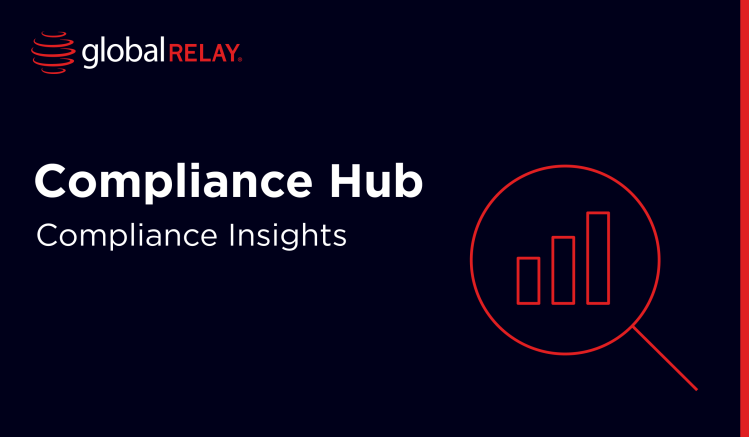
AI-powered Anti-Money Laundering (AML) compliance in finance
AI is fast becoming the key differentiator for financial firms grappling to scale their anti-money laundering compliance. Sure, those who stick to the standard tool suite may still manage to comply. But forward-thinking institutions have been able to increase their accuracy and even spot new risks as they choose to enhance AML efficiency with AI.
Written by a human
We’re exploring the opportunities of AI implementation in AML compliance for finance, and some key challenges. It’s important to pre-empt the common issues in order to achieve a smooth transition, so that your firm can begin to realize the full benefits of AI AML compliance.
How does AI-driven transaction monitoring work for AML compliance?
Here’s the simple 3-step guide to how AI-driven transaction monitoring works for AML compliance:
- Transaction categorisation and enrichment
- Detecting suspicious patterns
- Rules-based decisioning
Transaction categorization and enrichment
Transaction categorization refers to the accuracy of transaction labels, in order to classify spending into its various groups. Enrichment is the process of adding extra sources of data to see the bigger picture – such as geolocation data and merchant identification.
With reference to anti-money laundering, transaction categorization and enrichment is required to accurately label spending. The organizations need accurate transaction categorization and enrichment as a foundation for the next step; detecting suspicious patterns.
Plus, when users can easily recognize their own spending, they are more likely to flag transactions that they don’t recognize or remember. This is helpful in detecting fraud.
Detecting suspicious patterns
Pattern analysis is performed in order to find a baseline, or a “normal” for an individual’s income and outgoings. A number of different data characteristics are analyzed, typically through a machine-learning algorithm for efficiency, such as:
- Typical spending amounts per category
- Typical spending amounts over time
- Spending in relation to income
- Spending in relation to risk
- Unusual or new income streams
These insights feed into the decisioning engine.
Rules-based decisioning
Once a suspicious transaction has been identified, a rules-based decisioning engine takes over to decide on the next action. This AI technology could rely on static logic-based reasoning, or, with more advanced tech, use machine-learning AI that continuously improves.
Either way, transactions that indicate money laundering are flagged in real-time, enabling one of a number of decisions:
- referral to fraud analysts or anti-money laundering officers
- instant account restrictions
- payment reversals
- Suspicious Activity Reports (SARs) to the relevant authorities
Financial AML trends have shown a big step towards AI in recent years, and it’s easy to see why. AI can achieve all of these steps in an instant, while it would take less advanced tech several hours, and for humans alone, would be impossible altogether!
How can you enhance KYC processes with AI analytics?
The KYC process requires:
- ID verification
- Customer due diligence
- Ongoing monitoring
But AI KYC compliance is significantly more efficient, lowering resource costs and streamlining the regulatory burden.
Automated ID verification
Optical character recognition uses AI to read the names on documents like passports, which are typically submitted during this step. AI then compares the name read with the name submitted by the account holder to check for a match.
That first step checks that the individual exists – but AI can also help financial institutions to verify that the account holder is the person they are claiming to be, which is necessary for access restriction. For this step, AI compares the biometric facial features between the submitted ID document and a live image.
AI-risk profiling
Risk profiling is an important part of customer due diligence, and AI can collect and analyze the data significantly faster than humans.
Because much of the risk data in existence is unstructured, it’s typically hard to standardize and treat, meaning that some risk profiles are based on only thin slices of data.
Take pension providers as an example. Many only have access to the pension data that their account holder has with them, but today’s careers mean most switch jobs every 3-5 years and get a different pension at each jobs. By aggregating all of these pensions into one place, providers get a much more detailed view of a person’s whole financial life, better informing their risk profile and leading to more accurate next steps.
Continuous monitoring with AI
Ongoing monitoring is required to both comply with global AML regulations and to minimize operational risk. AI is the best way to perform continuous monitoring because it’s ‘always on’, unwavering in the face of typical human limitations like sleep and manual errors.
AI monitoring enables KYC participants to:
- Know about ‘change of details’ immediately for re-verification
- Rely on robust external data sets, rather than waiting for omission by the customer
- Spot fraudulent tactics like deepfakes that aim to bypass KYC controls
What are the challenges for AI implementation in AML compliance?
Challenges to AI implementation in AML compliance include: the black box and data degradation.
The lack of transparency around how AI algorithms sometimes reach their decisions can directly contradict regulation in the financial industry. It’s something that’s been specifically called out by the FATF, and FinCEN, among others.
Known as the ‘black box’, it creates questions over the ethics, biases, and general logic associated with the AI. In an industry where accountability is so heavily scrutinized, this can create a significant challenge.
Secondly, the fragmented nature of AI-systems can decrease the data quality over time. Incomplete or inconsistent data can lead to data structuring and standardization issues, making it more difficult to gain relevant insights.
How to overcome the challenges with B2B SaaS AML solutions?
With reference to data quality, fortunately, the fix is obvious. Build quality control into your processes to ensure that quality is consistent and meets minimum standards for full confidence in outcomes.
Overcoming the ‘black box’ challenge in AI is not as simple. When integrating AI into your AML, you’ll firstly need to ensure that it stands up to regulatory scrutiny, meeting the boundaries of the relevant AML framework. Secondly, we recommend gaining the right level of model transparency by introducing multiple AI agents, known as agentic AI, into the process.
For example, if one AI agent collects the data, another analyses it, and a third makes the decision, a fourth agent could be employed to confidence check the outcome. Breaking the AI into its smaller parts provides greater transparency, and users can more easily identify which agent to investigate if the outcomes do not match expectations.
In summary: AI-powered anti-money laundering compliance
AI has the potential to totally transform AML compliance, and firms that are open-minded to AI usage in their KYC processes are most likely to grasp the opportunities that lie ahead. Global Relay provides a suite of AI-compliance tools, enabling firms to harness the efficiency benefits of AI while confidently meeting their regulatory requirements.
Enable business communication on any channel in one compliant app, connect any data source, and detect risks across all communications with intelligent surveillance. Explore our tools for robust financial security.
